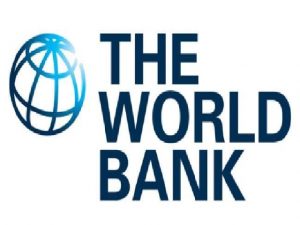Report On Global Remittances: World Bank:

According to the latest edition of the World Bank’s Migration and Development Brief, despite Covid-19, remittance flows remained resilient in 2020, registering a smaller decline than previously projected.
Remittance Inflow of India:
- India being at the top, received over USD 83 billion in remittances in 2020, a drop of just 0.2 percent from the previous year, despite a pandemic that devastated the world economy.
- India’s remittances fell by just 0.2% in 2020, with much of the decline due to a 17% drop in remittances from the United Arab Emirates, which offset resilient flows from the United States and other host countries.
- In 2019, India had received USD 83.3 billion in remittances.
Global Remittances:
- China is second in terms of global remittances in 2020.
- China received USD 59.5 billion in remittances in 2020.
- India and China are followed by Mexico, the Philippines, Egypt, Pakistan , France and Bangladesh.
Remittance outflow :
- Remittance outflow was the maximum from the United States (USD 68 billion), followed by UAE, Saudi Arabia, Switzerland, Germany, and China.
Reason for the Steady Flow of Remittances:
- Fiscal stimulus that resulted in better-than-expected economic conditions in host countries.
- Shift in flows from cash to digital and from informal to formal channels.
- Cyclical movements in oil prices and currency exchange rates.
Remittance:
- A remittance is money sent to another party, usually one in another country.
- The sender is typically an immigrant and the recipient a relative back home.
- Remittances represent one of the largest sources of income for people in low-income and developing nations. It often exceeds the amount of direct investment and official development assistance.
- Remittances help families afford food, healthcare, and basic needs.
- India is the world’s biggest recipient of remittances. Remittances bolster India’s foreign exchange reserves and help fund its current account deficit.
World Bank:
- The Bretton Woods Conference held in 1944, created the International Bank for Reconstruction and Development (IBRD) along with the International Monetary Fund (IMF).
- The IBRD later became the World Bank.
- The World Bank Group is a unique global partnership of five institutions working for sustainable solutions that reduce poverty and build shared prosperity in developing countries.
- Members:
- It has 189 member countries.
- India is also a member country.




